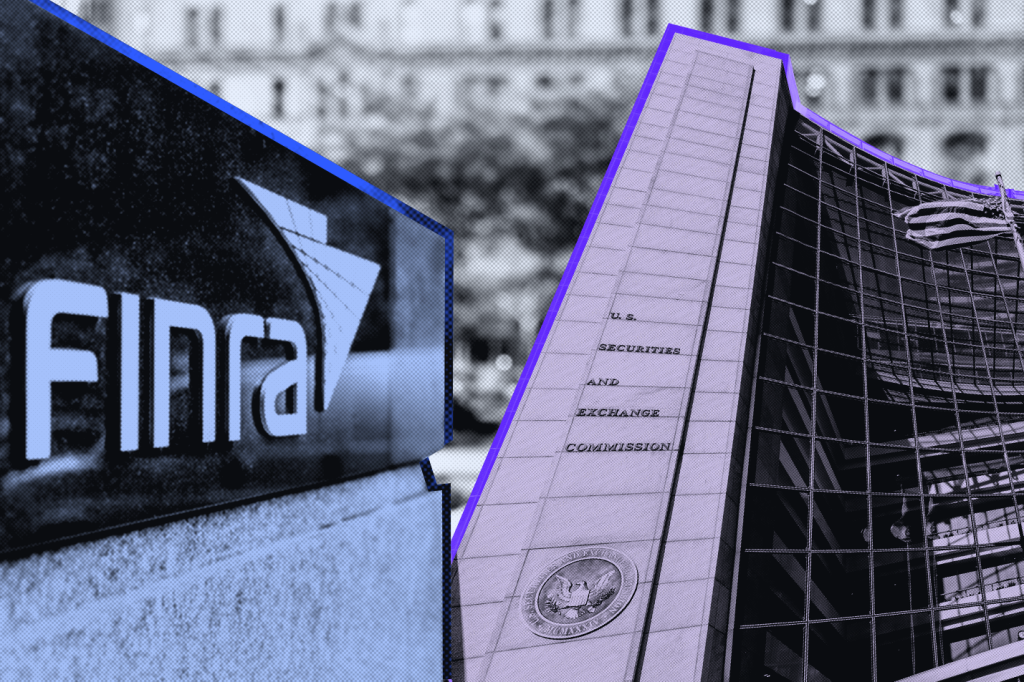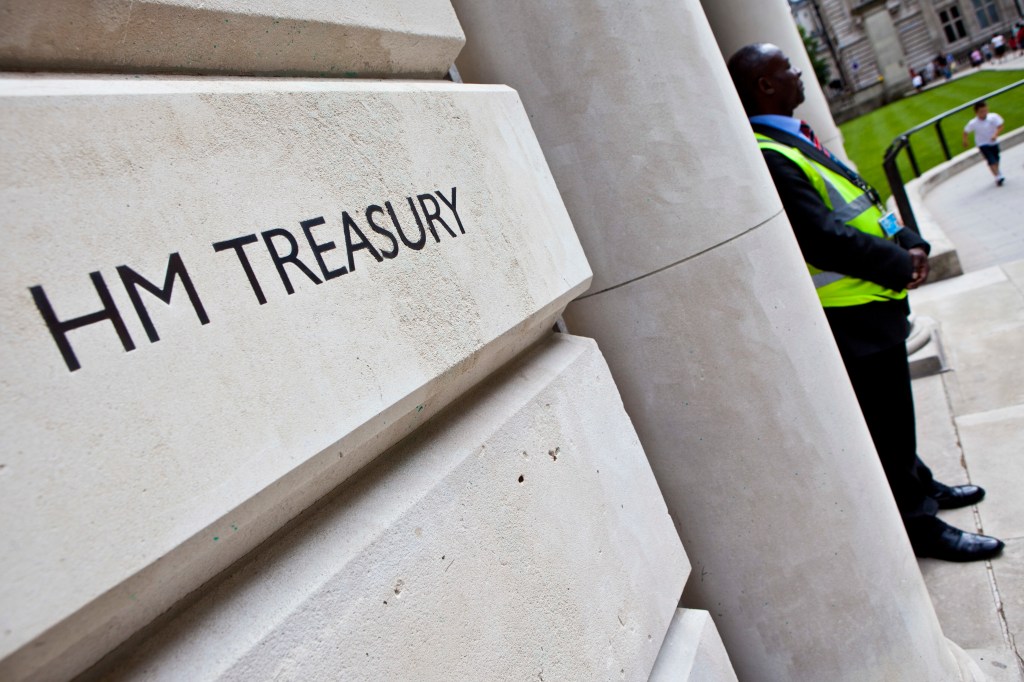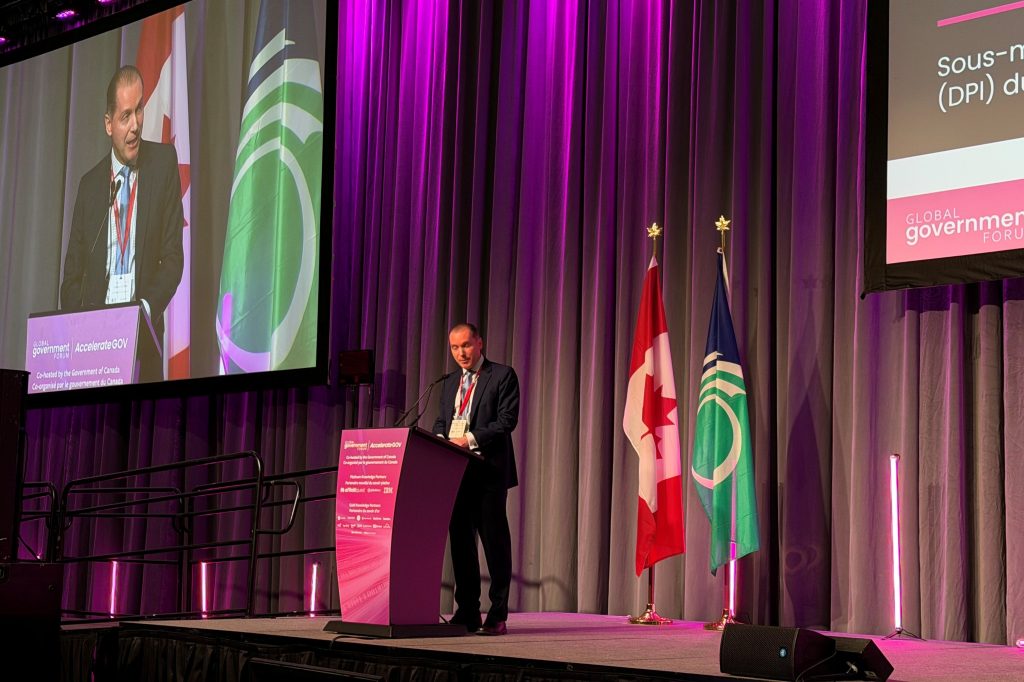An update from the Australian Securities and Investments Commission (ASIC) provides some interesting examples of the kind of misleading and even factually incorrect claims being made by funds and companies to claim green credentials. Regulators and fund managers worldwide are finding that checking for greenwashing is taking up more and
Register for free to keep reading
To continue reading this article and unlock full access to GRIP, register now. You’ll enjoy free access to all content until our subscription service launches in early 2026.
- Unlimited access to industry insights
- Stay on top of key rules and regulatory changes with our Rules Navigator
- Ad-free experience with no distractions
- Regular podcasts from trusted external experts
- Fresh compliance and regulatory content every day
















